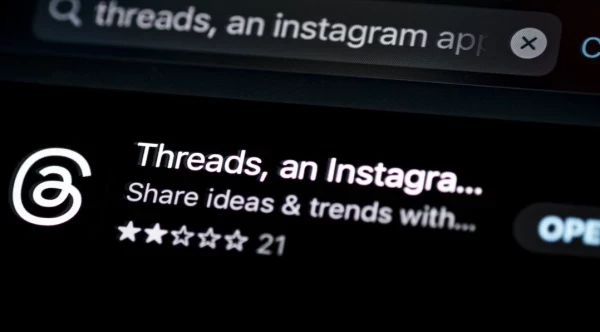Why We Still Need Real Social Media Strategists
Add bookmarkEven though business strategies come from the top down in organizations we still need strategists, or at least strategic thinkers, in every area of business, but especially social media. Not only because so few businesses have direct experience with social media used to deliver on business goals, but because it requires a fundamental shift that the same old evolutionary approaches fail to address.
Whether anyone likes it or not, the deliverables in a social business are almost always a matter of fulfillment, not department. I mean this in the sense of the traditional departmental silos found in most companies inhibit the ability to work cross-functionally.
Bottom line: fasten your seat belts. .
Viva La Revolution
The word strategist gets a lot of flack, and for good reason. It seems like everyone and her brother are claiming expertise in this emerging field with respect to everything from digital marketing to content development to social media communications.
No doubt many are far less than expert in any digital discipline or even fundamental business practices, but that doesn’t change the fact that you still need a strategy.
However, frustration over how people use any particular word doesn’t diminish the importance for strategic thinking and strategic communication in any successful integration of social media tools and communication into existing business processes. Fakers, posers and resume-inflaters exist in every field.
The real role of a strategist: organizational alignment.
The word strategy is still one of the most misunderstood concepts in business. When delivering on any big strategic goal, it’s important for internal subject matter experts or agency partners to provide translation between the big goal and the nuances required to succeed in the particular channel (in my case, social media channel/s).
Two necessary ingredients for strategic alignment:
- Context – Your role as a strategist is to provide enough context for leaders in your organization to understand your creative choices with respect to your discipline and to trust that they are indeed aligned with their big strategy. I often use the example of traditional broadcast TV advertising: the person in charge of selecting a particular advertising strategy or creative direction should be able to explain their decisions in terms of effectiveness with respect to the particular medium AND connect the dots between their decisions and the overall business strategies at work in any given campaign. One might also argue empathy as a prerequisite for an ability to provide context, but I will save that for another post.
- 360 Degree Reinforcement – Organizational alignment rarely happens overnight in any company larger than just a handful of people. Even then, other cultural constraints may inhibit whether your message is received, understood or respected.
The first obvious reason for the need for strategic communication is to help translate the BIG corporate goals down to the day-to-day activity (tactics). However, the often overlooked role of a strategist isn’t focused on top-down communication, but rather on the opposite.
People don’t like change / People change every day
In my mind this aligns well with the concepts addressed in one of my favorite books on change management, Switch by Chip and Dan Heath. If we want to help an organization change in order to adapt social technology into their current business operations, we need to make our communication incredibly crisp; crisp enough to cut to the front of the line in a growing list of known priorities. Then we need to prescribe the tweaks in day-to-day conversations and operations to get the most leverage the fastest. From there it’s all about communication, iteration and continuous improvement all while you’re still handling the day-to-day stuff of social media.
Nobody else is interested in learning our acronyms
Every function in a company has plenty of technical jargon to go along with what they do. For most people who live blissfully outside the social media echo chamber, there is a huge learning curve associated with shortened URLs, APIs, FBML, RSS, PHP, hashtags, embed codes, and any number of apps or sites you use on a daily basis. The reason may have a job or a client probably rests with the idea that you can understand much of this so they don’t have to.
If you spend time in meetings with executive decision-makers hashing over tactical details you will earn a reputation for wasting others’ time. Unless, of course those meetings are about reinforcing skills with those on the front lines.
Strategic communication makes all the difference
In the end, it doesn’t matter how talented you are, or how much you know if you can’t connect the dots for others between what you do and what they do, or between what you know and what they would like to do.
Shannon's piece was originally published on her blog and on Alltop





















